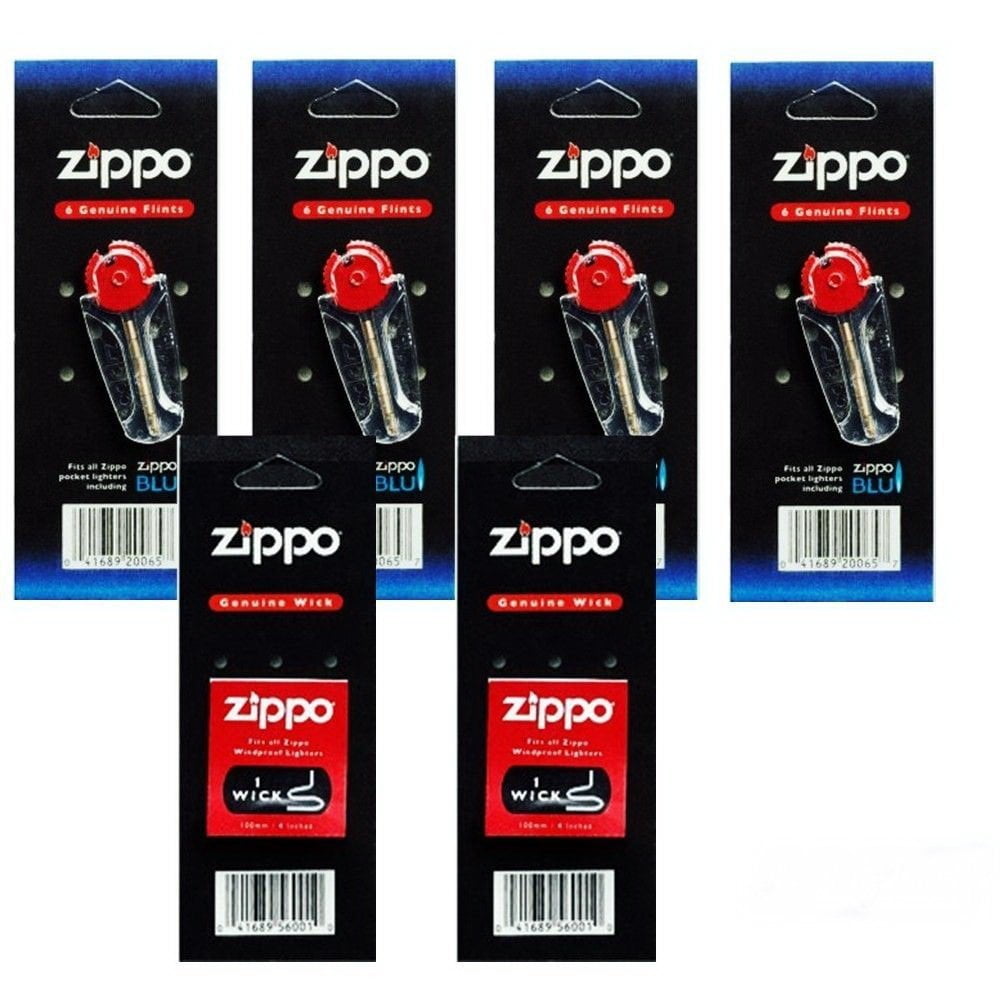

There are lighter clubs in Japan and Italy and all over the world, and I’m in touch with a lot of them. There are two lighter clubs in the United States, and there’s a lighter club in Great Britain which is very good. I’m in touch with a lot of collectors all over the world. Collectors Weekly: How many different designs are there?Ĭummings: Hundreds, probably. So you push down on the thumb piece, the snuffer cap lifts up, and the flint wheel spins to give you a spark to light the wick – all in one motion. If you didn’t cover up the wick, the fuel would evaporate way too quickly, so they have a cover called the snuffer cap.

The wick goes down inside the lighter, and there’s a reservoir of fluid inside, so the wick is wet. On the way down, it starts spinning the wheel, which creates a spark, and when you push down on the thumb piece, it lifts up the cover over the wick. You push down on a thing called the thumb piece, and when you get it pushed all the way down, it does two things. So he did that, and called it the one-motion lighter. So he said, “I’m going to invent a device which will give me a spark without having to spin a flint wheel.” Dunhill was making lighters back in the ‘20s, but it required that you put your thumb up against the wheel and spin it, and that creates sparks which ignited the wickĪronson was a smoker, and on a trip to England, he got tired of his thumb being sore from spinning the flint wheel to get a spark. Dunhill predates the Ronson one-motion lighter. Most all lighters worked in that manner until Louis Aronson, who had over a hundred patents for cigarette lighters and related items, invented what was called a one-motion lighter. “I also said I would never collect matchbooks. But as I said, most of the early lighters were what’s commonly called a strike lighter, which is the wand with the metal tip and the wick at the end. That really created a whole new market for cigarette lighters because now it was a whole lot easier to make all kinds. The flint was invented by an Austrian man who was an inventor and some kind of scientist. Ready-made cigarettes really didn’t become popular until around the time of World War I. Back then they were called cigar lighters. The flint really revolutionized the world of lighters. Once again, the lighter fluid that’s in the wick ignites and you get a flame. In a Zippo lighter, you have a wheel that you spin and there’s a spring that’s holding a flint up against the wheel, which creates sparks. Let’s backtrack a bit to the invention of the flint. Collectors Weekly: Was Ronson the earliest mechanical lighter produced?Ĭummings: No. It was a strike lighter and they called it the Wonder Lighter. They finally closed the plant there and moved to a different location, still in New Jersey. Within a couple of years, he moved Art Metal Works to Newark, New Jersey, and that’s where it remained until the 1960s. He actually started in New York City, where he grew up and went to school. He took the $5,000 and started his company. He sold the patent for $5,000 and retained the right to use it himself.

Louis Aronson graduated from metallurgical school when he was 17, and his first patent was for a gold-like metal that he used on lots of lighters and other things he made. The name of the company from the very beginning was not Ronson it was Art Metal Works. The Ronson name was first used in 1909 for automobile wrenches that Mr. Cummings: The name Ronson comes from the inventor’s name, Louis V.


 0 kommentar(er)
0 kommentar(er)
